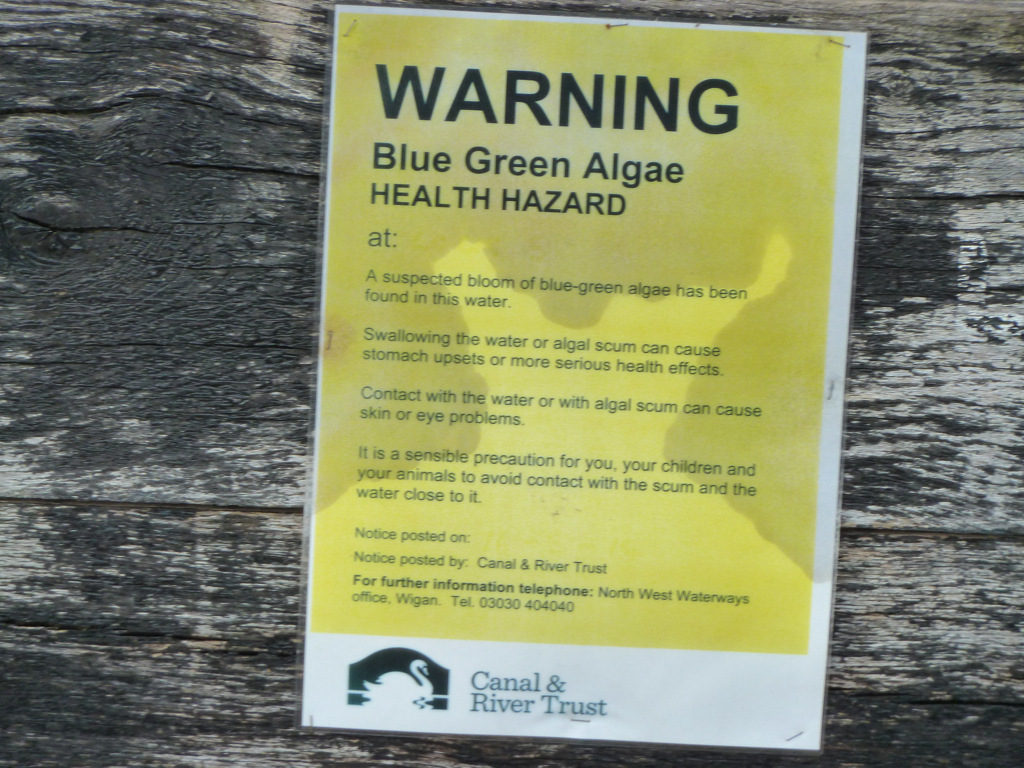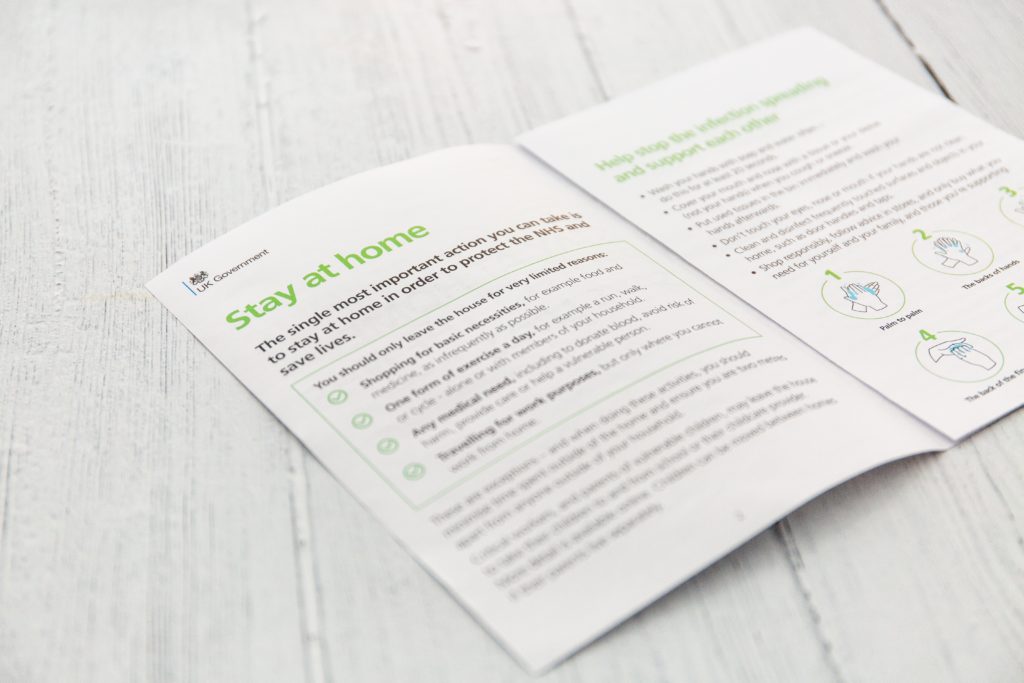Part 3: The Medium
3.2 Written Communication Materials
Learning Objectives
- To understand and apply techniques for developing impactful written communication materials.

Written communication materials are often the bread and butter of risk communication. They can take the form of stand-alone pamphlets or fact sheets, but are often best used in combination with other, more dynamic media. For example, a meeting can be concluded with giving handouts to all attendees or a social media campaign can invite people to sign up for a e-newsletter. While bearing in mind previously discussed principles about good communication, also consider the tips below about developing effective written products.
Consider clarity and accessibility of the writing
Explicitly state the purpose at the top
The purpose of an information product is often omitted because communicators think it is obvious or that people will find out through reading the document. However, it is respectful to explicitly relay your communication goal to your audience in order to meet and manage their expectations. It can be very annoying for a reader to spend a lot of time digesting a piece of writing only to realize that it has no bearing on questions they would like answered.
Write to a Grade 8 reading level
Chelsea loves to read Magic Treehouse with her 6 year old and thinks that Mary Pope Osborne provides a masterclass in being able to teach complex topics in a way that is fun and accessible for little kids. If Mary can use her writing to teach Grade 1 students about everything from the history of China, to space travel, to the American Constitution, then you should be able to produce an intelligible fact sheet to relay a single message to your, most likely, adult audience. Many word processing programs provide readability statistics within their spell check functions. In Microsoft Word, the Flesch-Kincaid Grade Level can give you a sense of the reading level of your writing.
If you are preparing materials for public distribution where you expect the readers may not have any expertise or knowledge about the topic, the rule of thumb is to use language that is suitable for the Grade 8 reading level. Not only will this help to reign in unnecessary use of jargon or complex phrases, it means that more people can access your message and are less likely to be confused by the content.
Use the correct lingo but avoid jargon
Think about specific words or phrases that might be unique to and/or meaningful to your audience. Can you use these words to connect with your audience without coming across like a ‘poser’? Along the same lines, are there words that are sensitive or unacceptable that you should avoid? Or, are there words that have one meaning to you and a different one for your audience? Being clear about who is in your audience can help you determine what type of language you should be using.
When speaking to the public or to non-experts, avoid using overly technical terms. Using jargon impairs people’s ability to process the information. Being an expert in the area you are discussing can make it difficult to break away from the lingo used in that field. As such, it can be helpful to have a non-expert review what you are writing before printing to verify its readibility.
Avoid using too many initialisms, acronyms and abbreviations
If you must use an acronym to shorten a long or cumbersome term, then be sure to define the acronym the first time it is used. However, avoid using more than one or two repeated acronyms in any written material. If a reader is constantly having to jump around your document to sort out a series of acronyms, it will create frustration and potential misunderstanding. Common initialisms (e.g. BC, USA, WHO) and acronyms (e.g. NASA, UNICEF) may be an exception depending on the context and audience.

Consider appearance and flow of the content
Make use of compelling heading and subheadings
These should both grab attention and relay key aspects of the content. Headings are a useful way to break up big blocks of text, allowing you to guide the reader through your message.
Incorporate visuals where appropriate
Effective use of high quality images can make a huge impact in getting across your message. Consider whether parts of your text could be converted into diagrams, infographics or graphs that are more eye-catching and easier to digest than long paragraphs. Images are also helpful in breaking up dense blocks of text to make your material more readable.
Make the communication (mostly) self-contained
The audience should not have to look elsewhere to understand the content of a written communication product. Be sure to provide enough background and context so that the reader understands the key messages from just the one document. However, if the document is part of a larger communication campaign then you can definitely link or refer them to related materials.
Think about branding
If you or your organization is going to produce a number of information products, make sure the materials have a consistent, unique, and memorable look. In particular, if you are a relatively new organization, then this can increase your visibility and help to build recognition and trust.
Distribute widely and strategically
This involves thinking about the different places your audience frequents and about who else is messaging in that space. For example, when Chelsea takes her kids swimming at the community center, she often picks up brochures at the front desk where she has to wait to get checked in. On the other hand, she never visits the community messaging board because it is a total mess of ‘messages’, most of which don’t apply to her or her family.

Takeaways
Key Takeaways
- Written materials should be easily readable and accessible to a broad audience. Avoid jargon and unnecessary abbreviations, and write to a Grade 8 level.
- Keep your written materials compelling and focused by stating the purpose upfront and through use of headings, visuals and information that can stand alone.
- When distributing your written materials, consider the location and methods strategically to best reach your intended audience.
Media Attributions
- Warning Blue-Green Algae © Gary Rogers is licensed under a CC BY-SA (Attribution ShareAlike) license
- imattsmart-TVnJ7VISicU-unsplash © iMattSmart is licensed under a CC0 (Creative Commons Zero) license

